
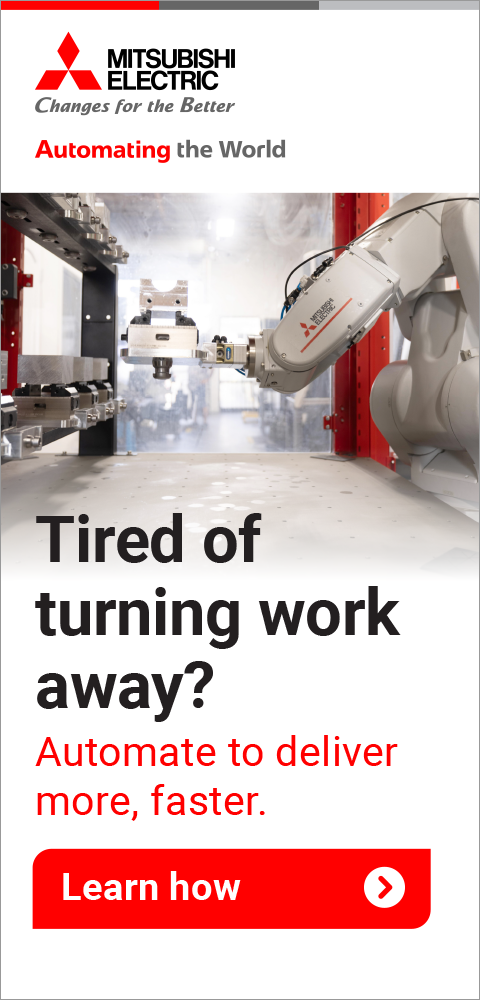
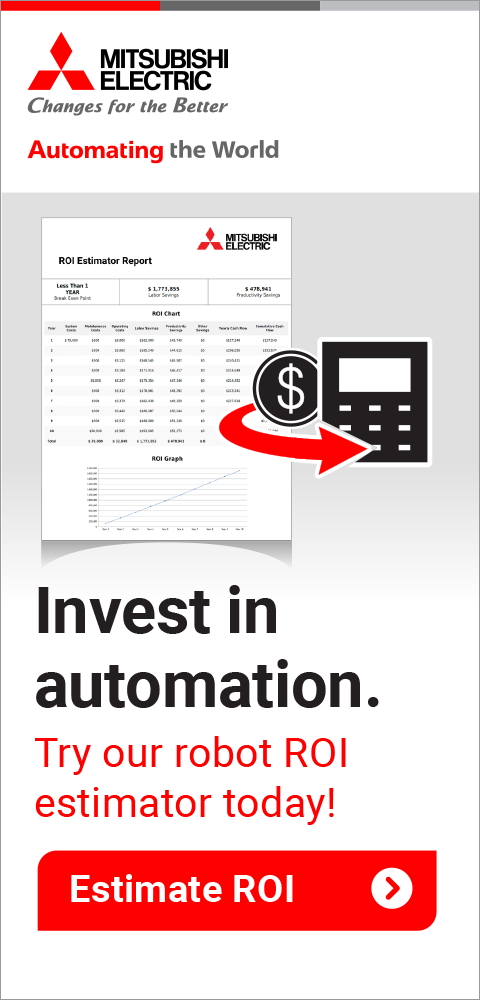
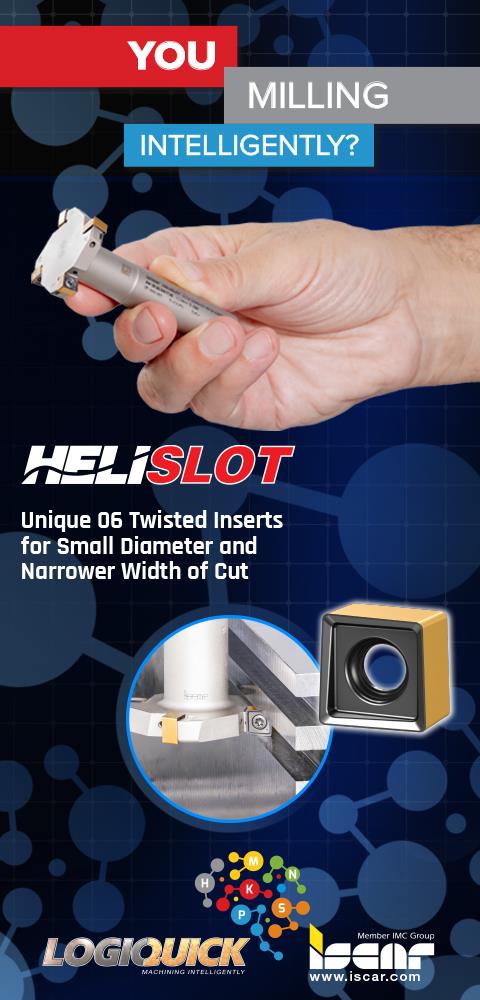


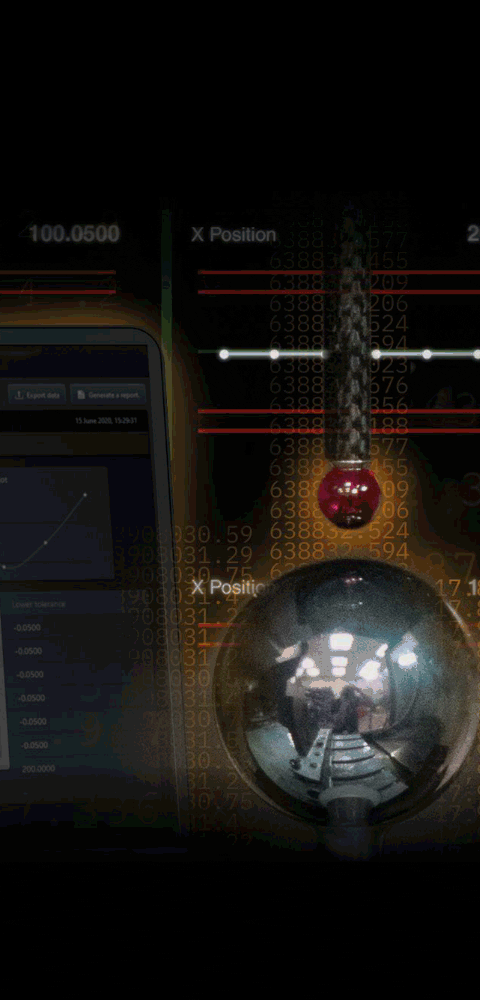
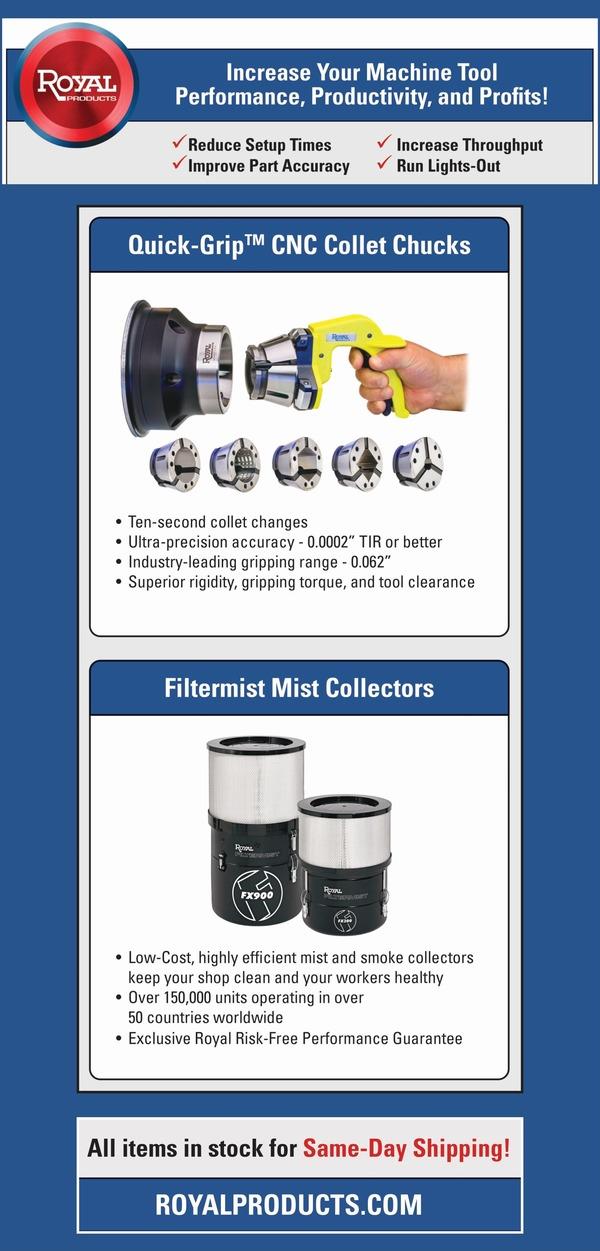
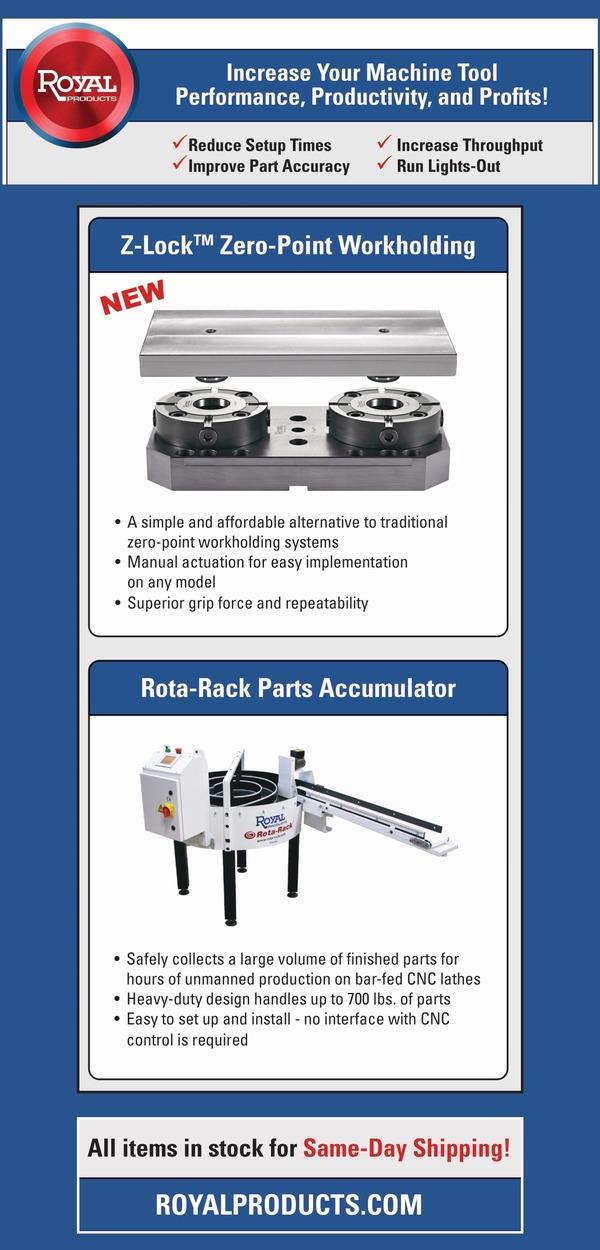
DED Machines Include Automation for Batch Processing
March 1, 2021
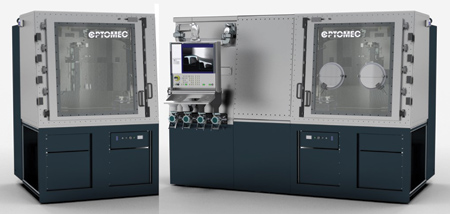
CS250 and HC-TBR 3D metal printers from Optomec
Optomec recently announced two new 3D metal printers, the CS250 and the HC-TBR. The systems are based on Directed Energy Deposition (DED), a free-form powder-based 3D metal printing technology that Optomec produces under the LENS trademark.
These platforms are both designed around a 250 mm x 250 mm x 250 mm build volume, suitable for small part production and repair, including batch processing. The systems are available in 3-axis or 5-axis versions capable of simultaneous 5-axis coordinated motion for full free space printing. The systems are also equipped with a next generation print head that is capable of automatically changing the laser spot size and output power on the fly, so they can apply material faster to larger areas of the part yet still create fine features with lower heat input to thinner areas of the build. These printers have an optional inert processing capability that is optimized for printing reflective and reactive alloys like copper, aluminum and titanium, in addition to a variety of other common metals.
The CS250 machine, designed for research, is an all-in-one system with up to four integrated powder feeders, enabling rapid alloy development and graded-material part creation. It is small enough to pass through a standard doorway, facilitating use in many existing research labs.
"The HC-TBR machine is designed for high performance, high volume production applications with the first-ever capability of automatically moving and processing titanium parts into and out of an inert atmosphere-a feature critical for high quality metallurgy and plant safety," said a company spokesperson. This automation module allows for continuous operation without the need for manual loading into and out of the controlled environment work area. For additive repair applications, such as production turbine blade restoration, the HC-TBR also includes an integrated vision system with proprietary AutoCLAD software that scans each part individually and uses pattern recognition to create a custom tool path and additive repair recipe for the part, compensating for part-to-part variation while minimizing the heat input into the component. The HC-TBR was designed for easy integration into automated work cells and includes automatic antechamber doors that can be loaded and unloaded robotically.
"The HC-TBR is the first machine capable of high volume production for reactive metals like aluminum and titanium," said Mike Dean, Optomec Marketing Director. "We have seen quite an increase in demand for these materials from our customers and expect the trend to continue as manufacturers move to lighter weight designs."
For more information contact:
Optomec
3911 Singer NE
Albuquerque, NM 87109
505-761-8250
sales@optomec.com
www.optomec.com
< back